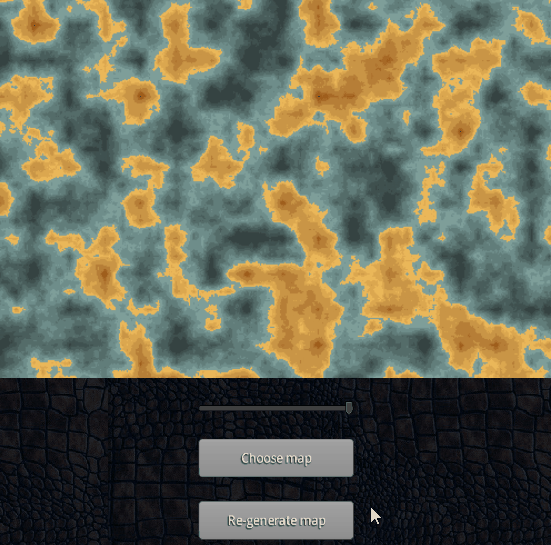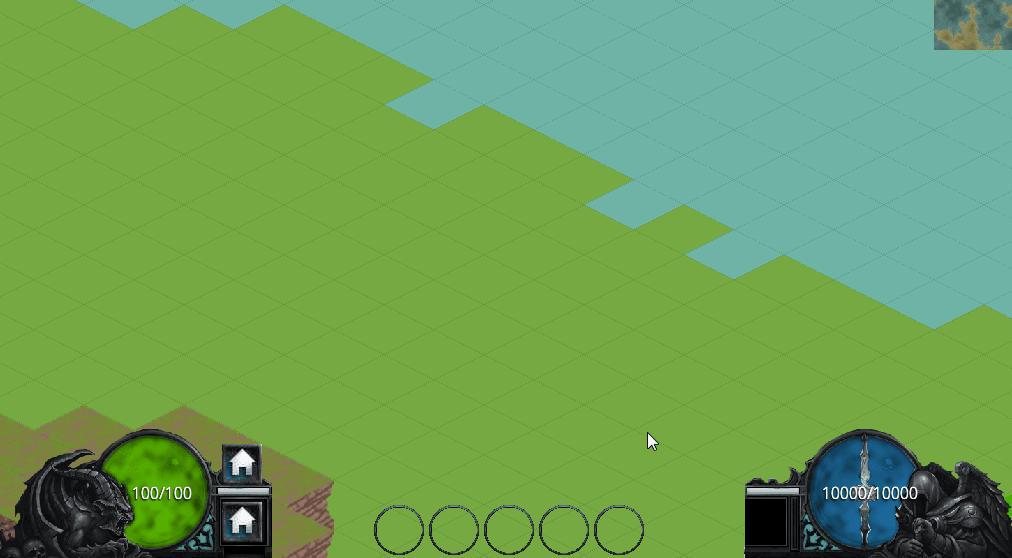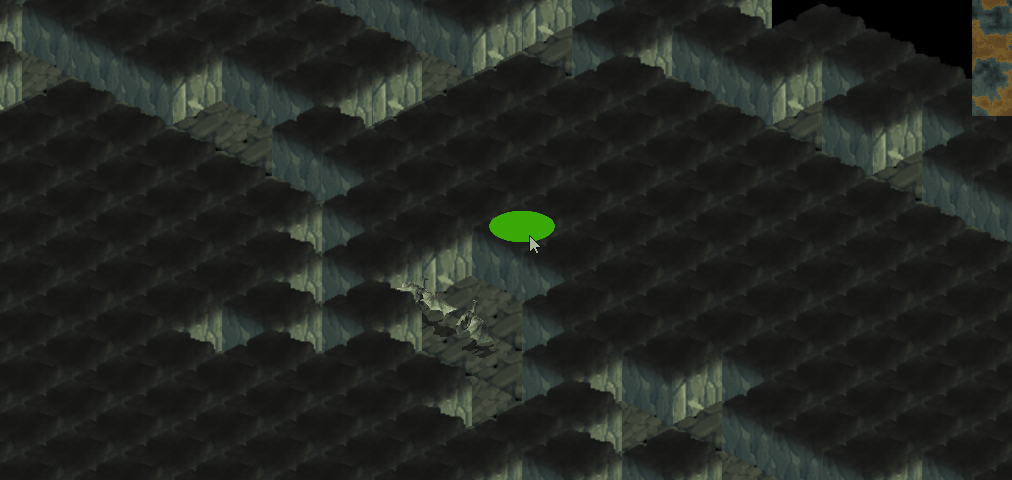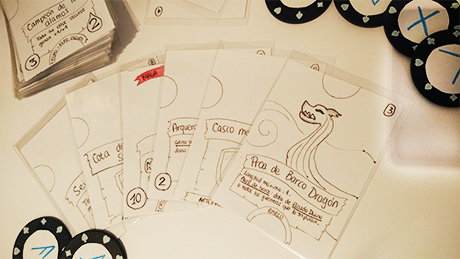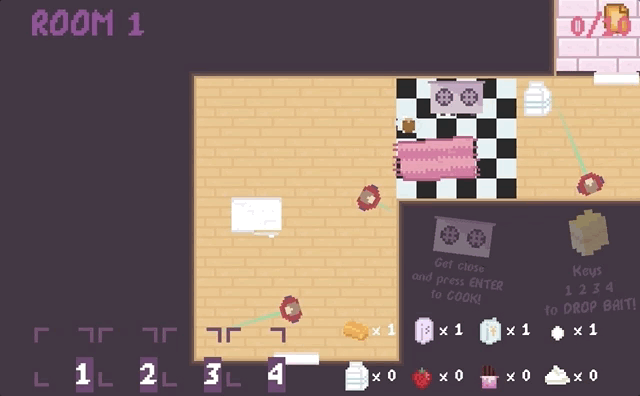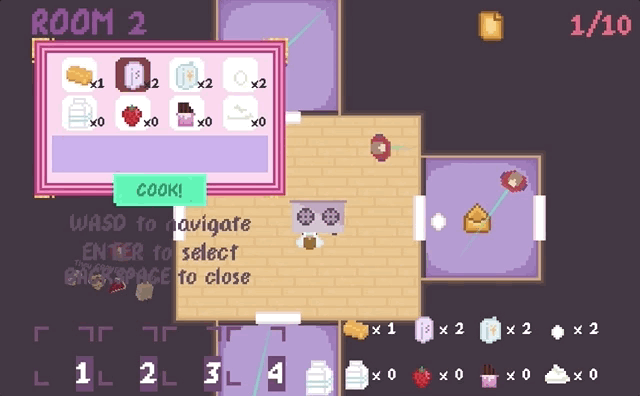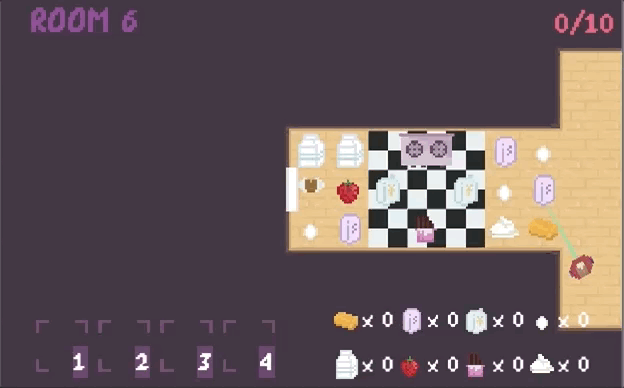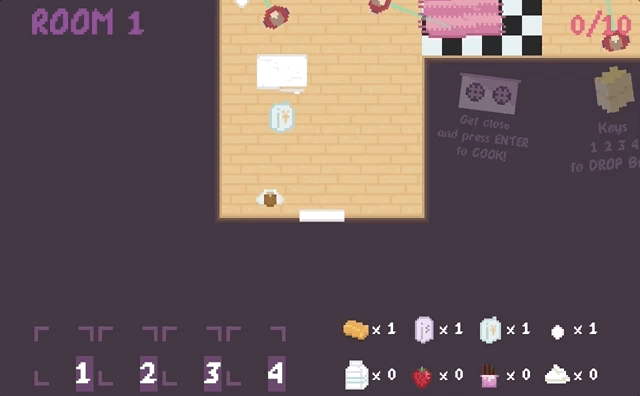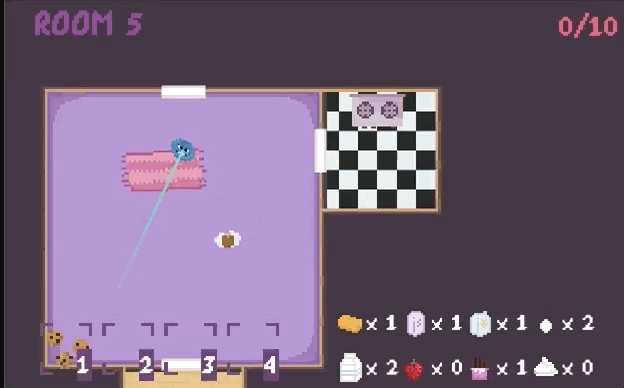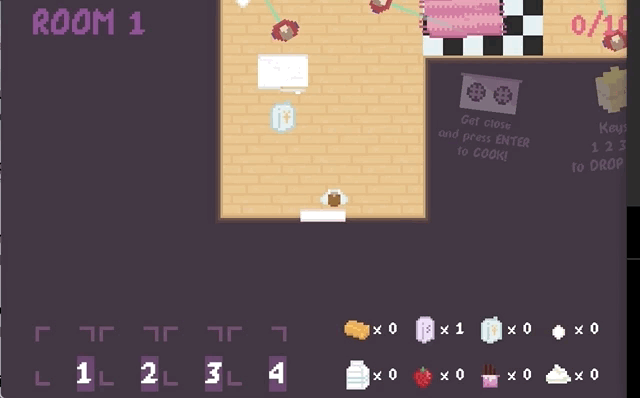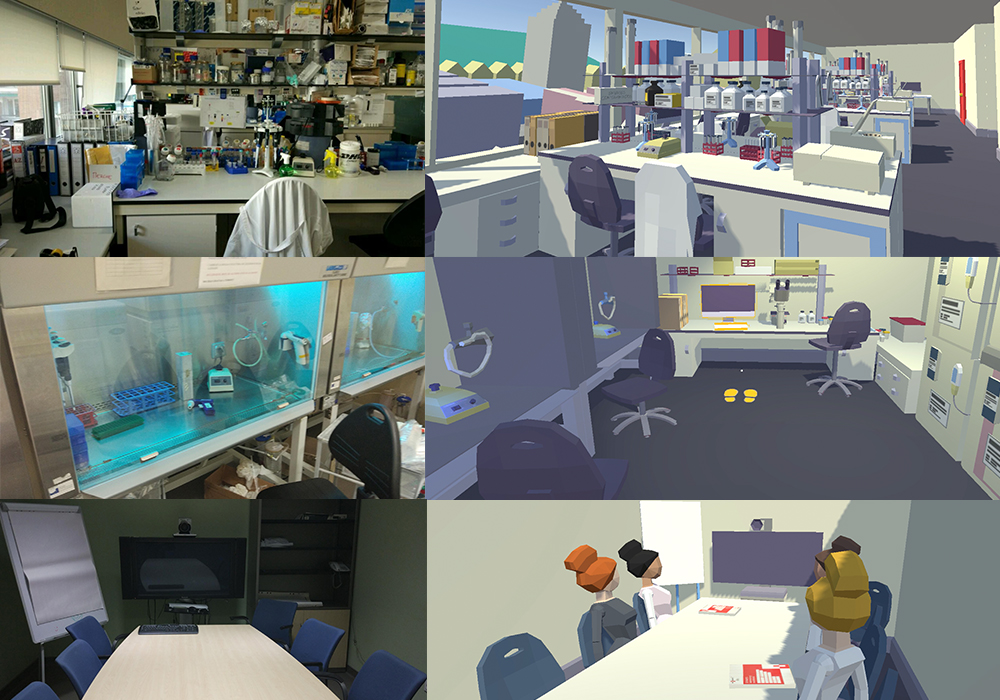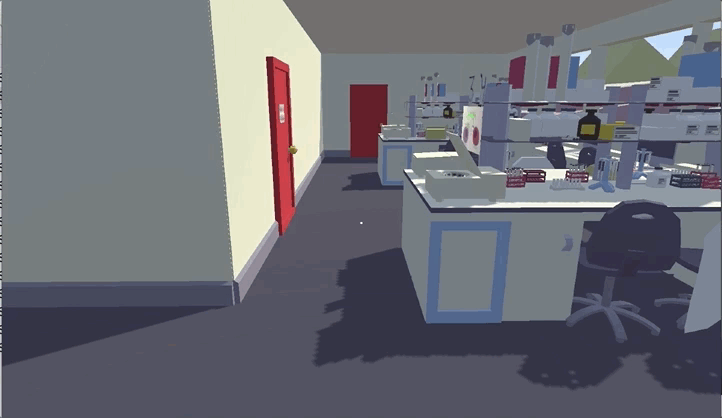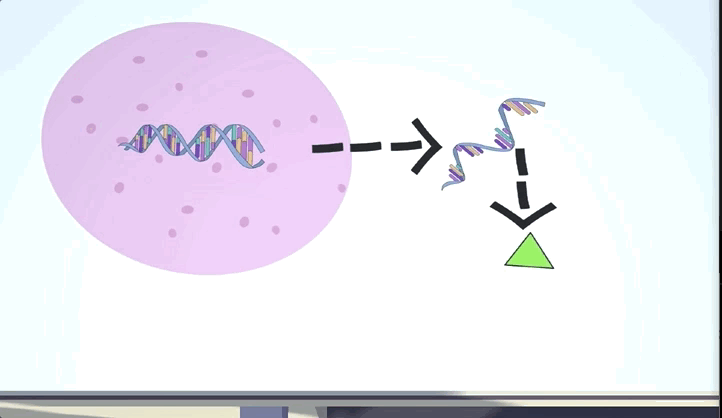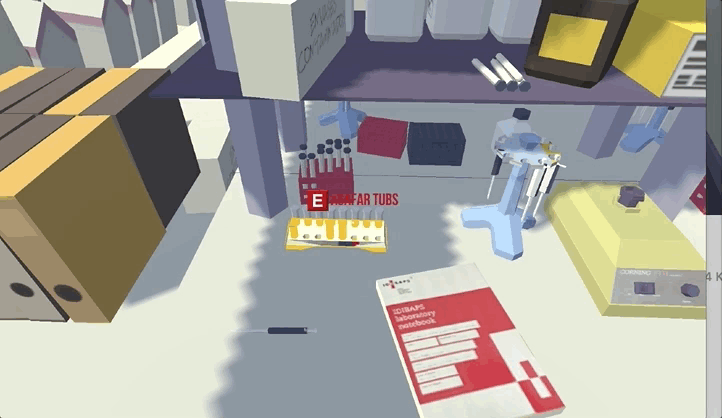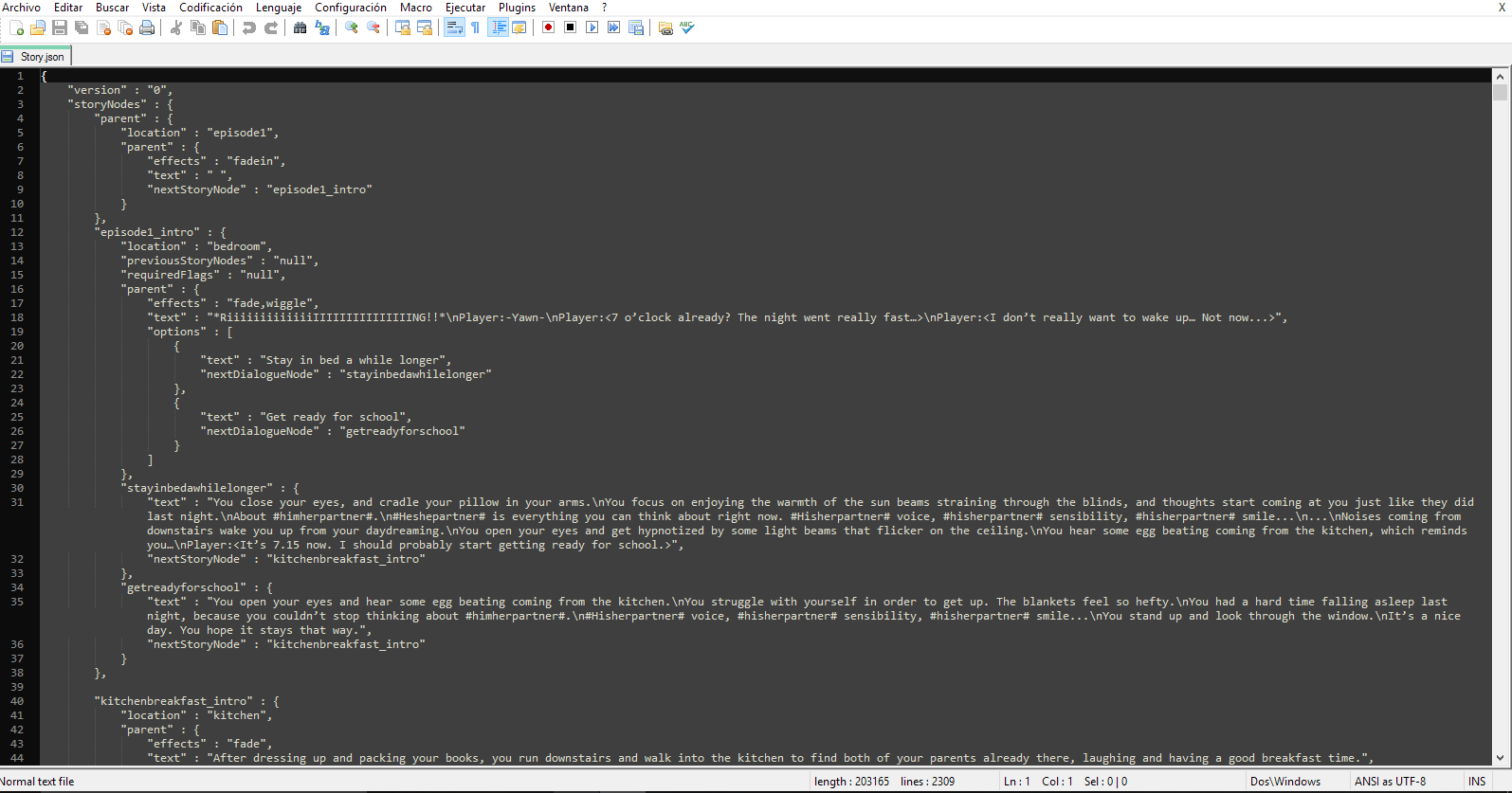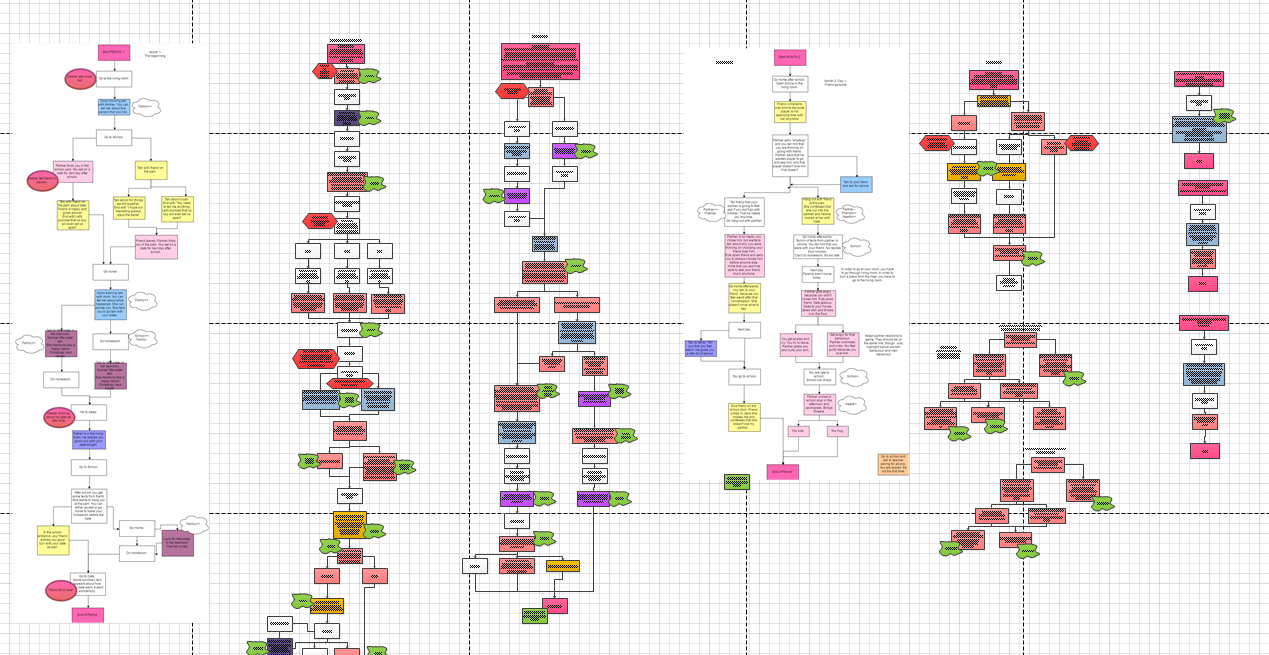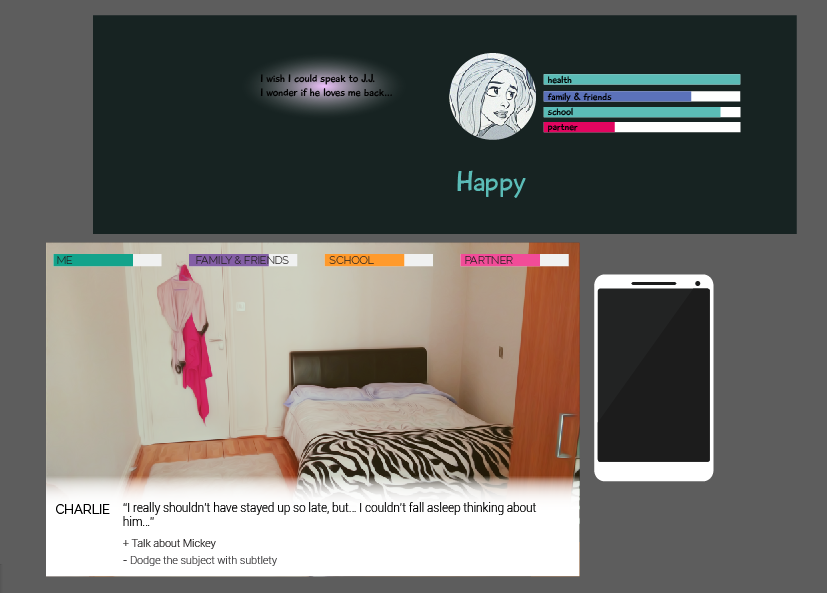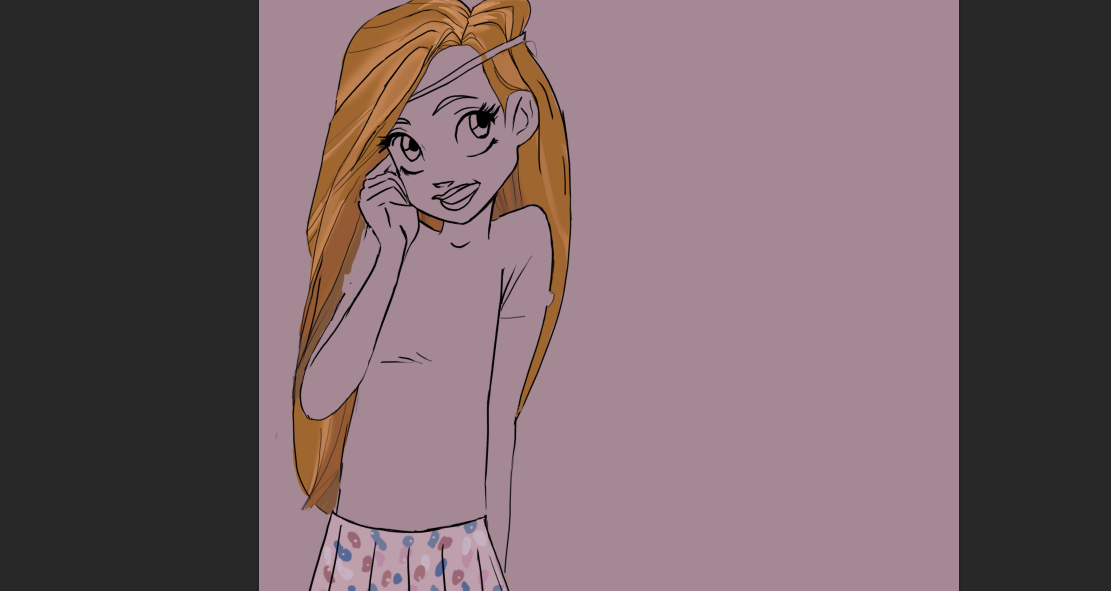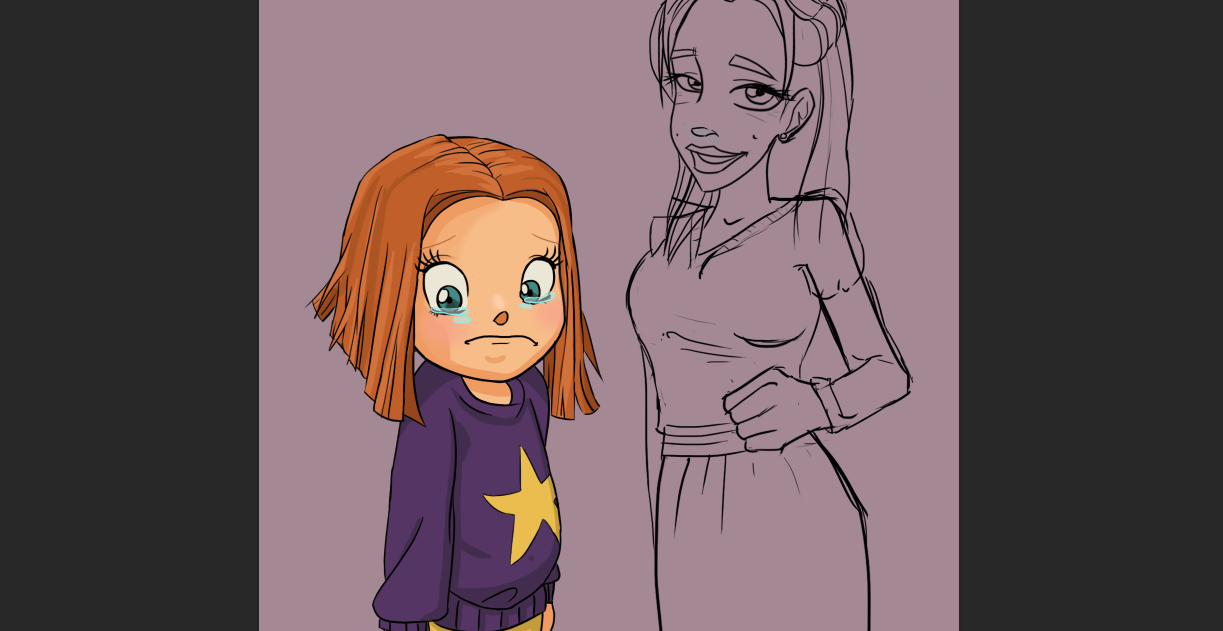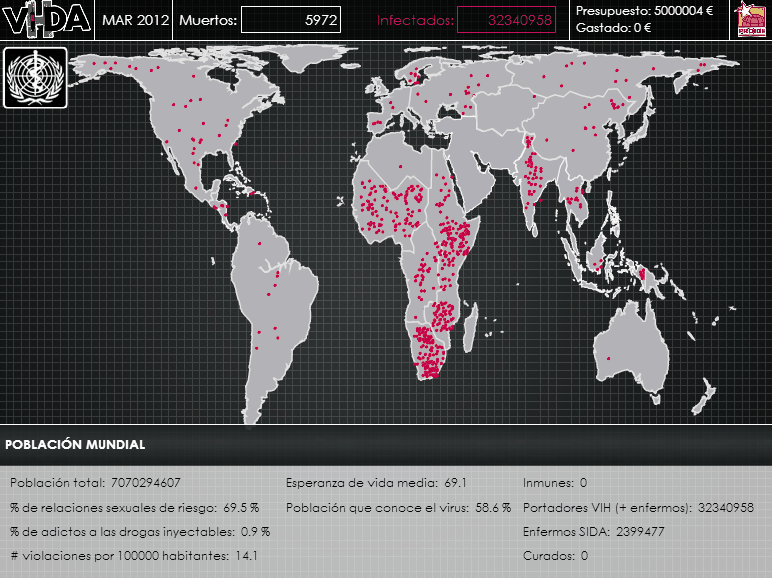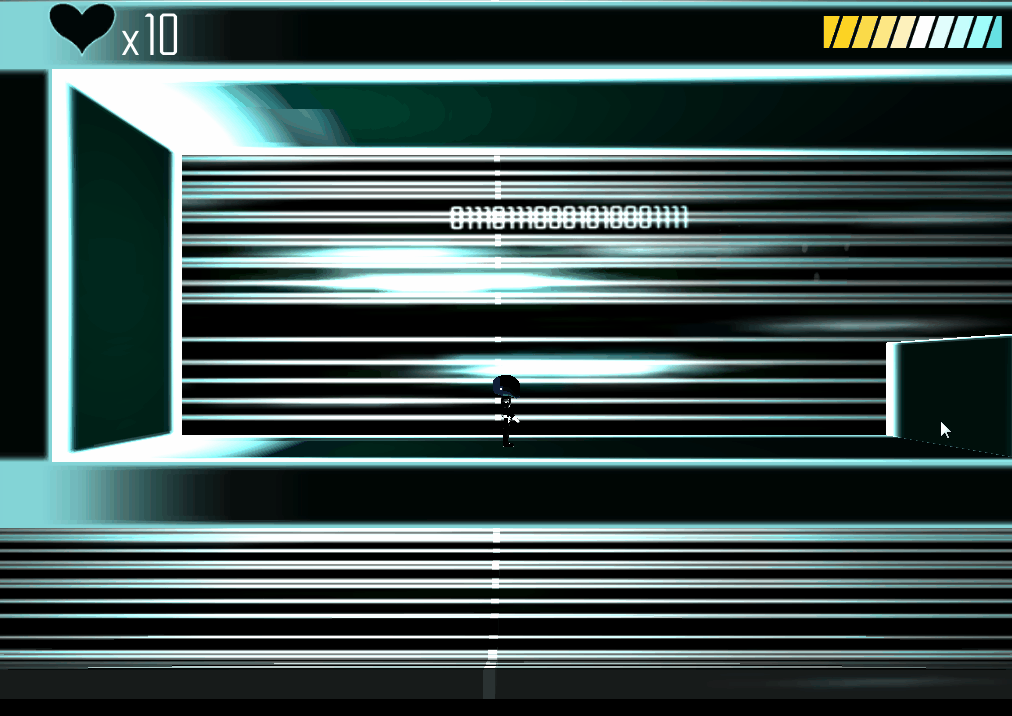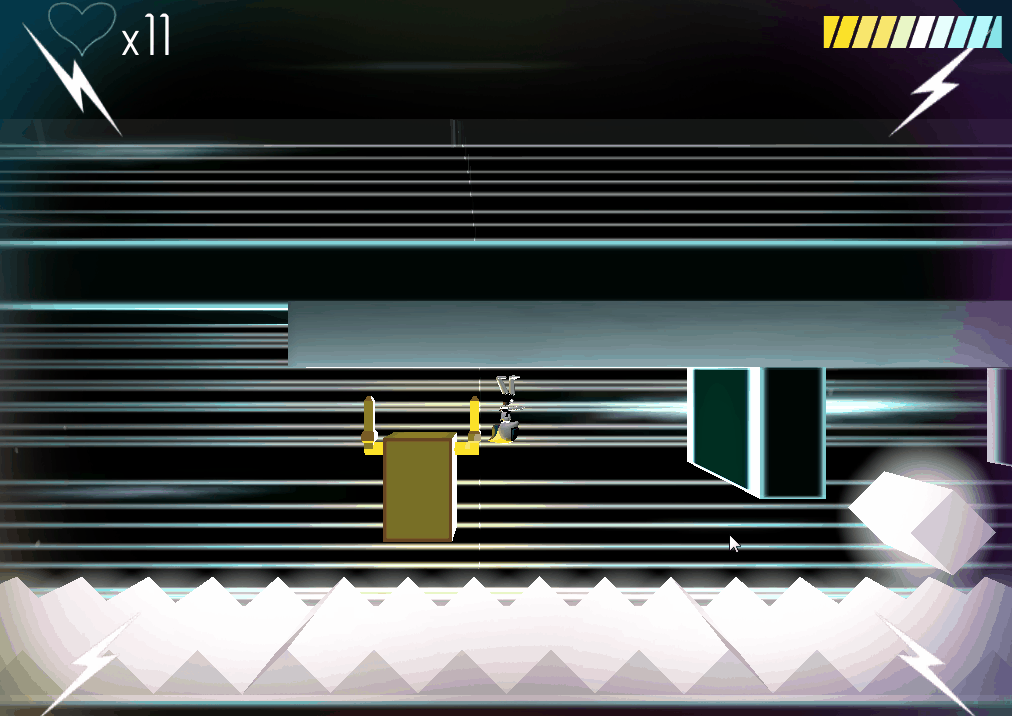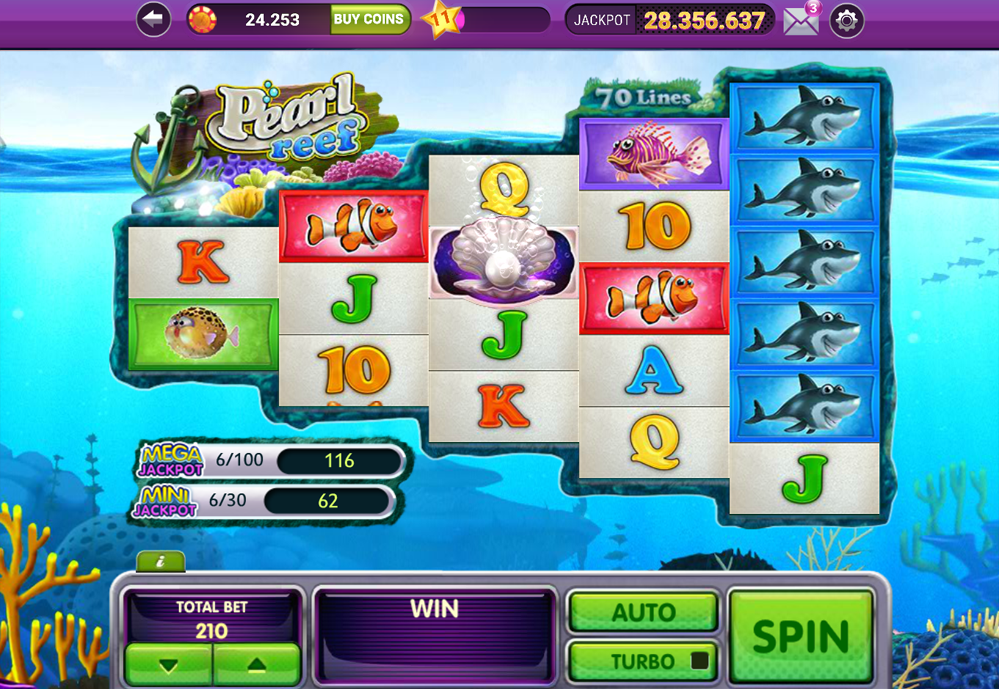-
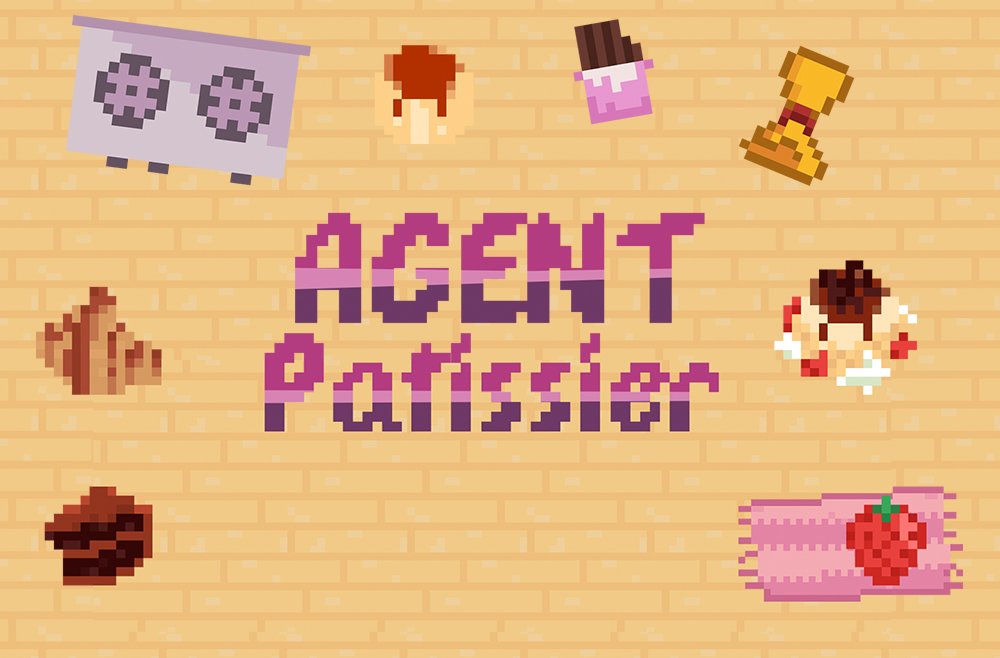
Agent Patissier
Entry for the 48-hour Compo Game Jam "Ludum Dare #41"
View case study -
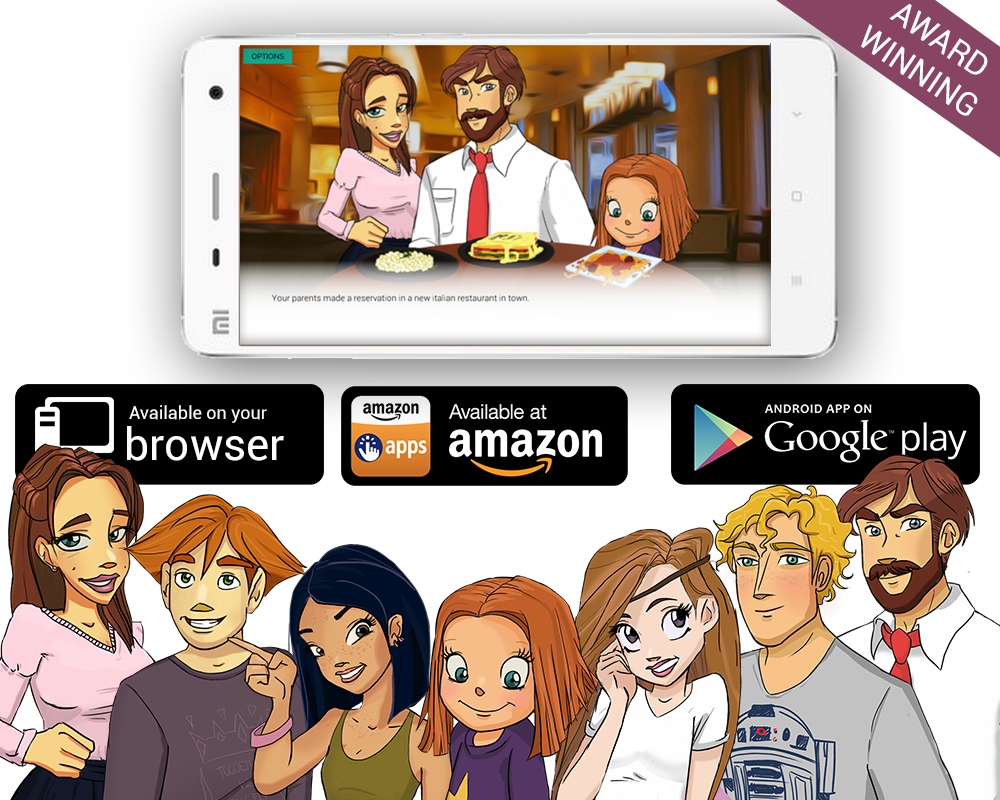
Honeymoon
An award winning serious game about Teen Dating Violence, for the Love Live Game Challenge (Jennifer Ann's Group)
View case study -
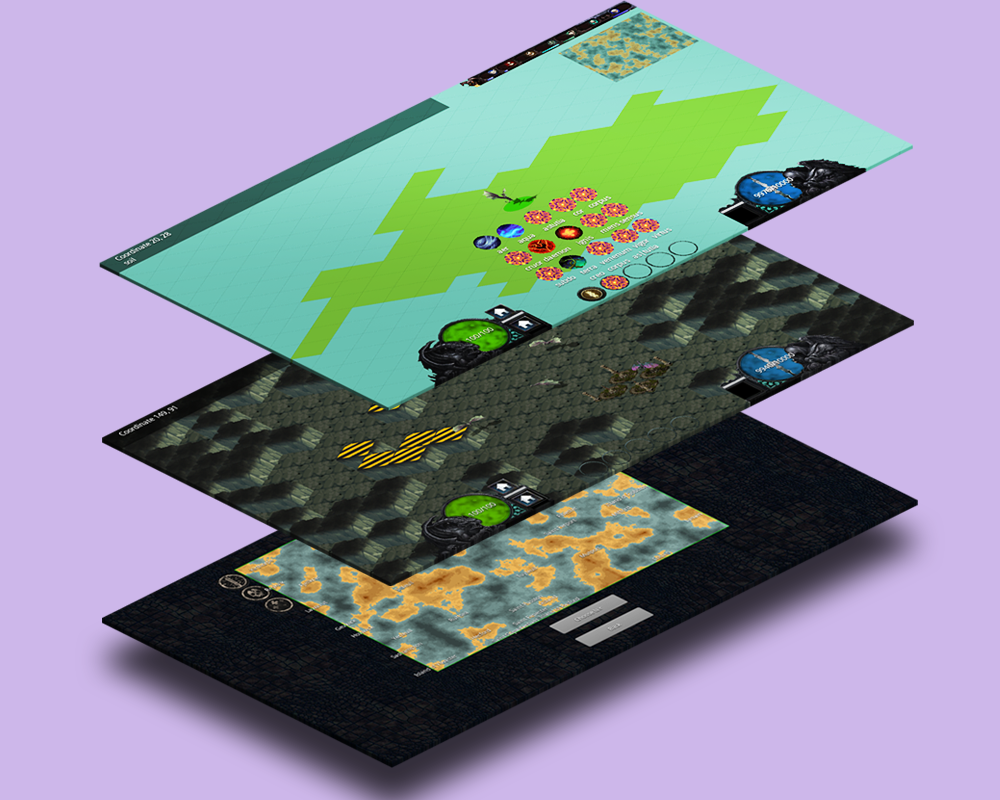
Tartarus
An experimental game prototype that tests a verb-noun based spell casting game mechanic in a procedurally generated three layered world
View case study -
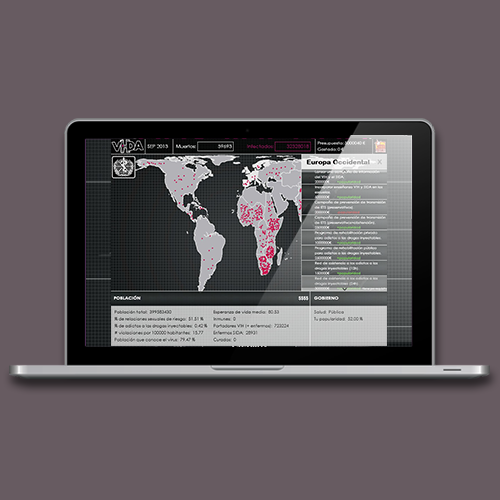
Lhive
A 2D single player simulation serious game developed for Proide (ONG) whose aim is to fight against the spread of the HIV virus and raise AIDS awareness among the youth
View case study -
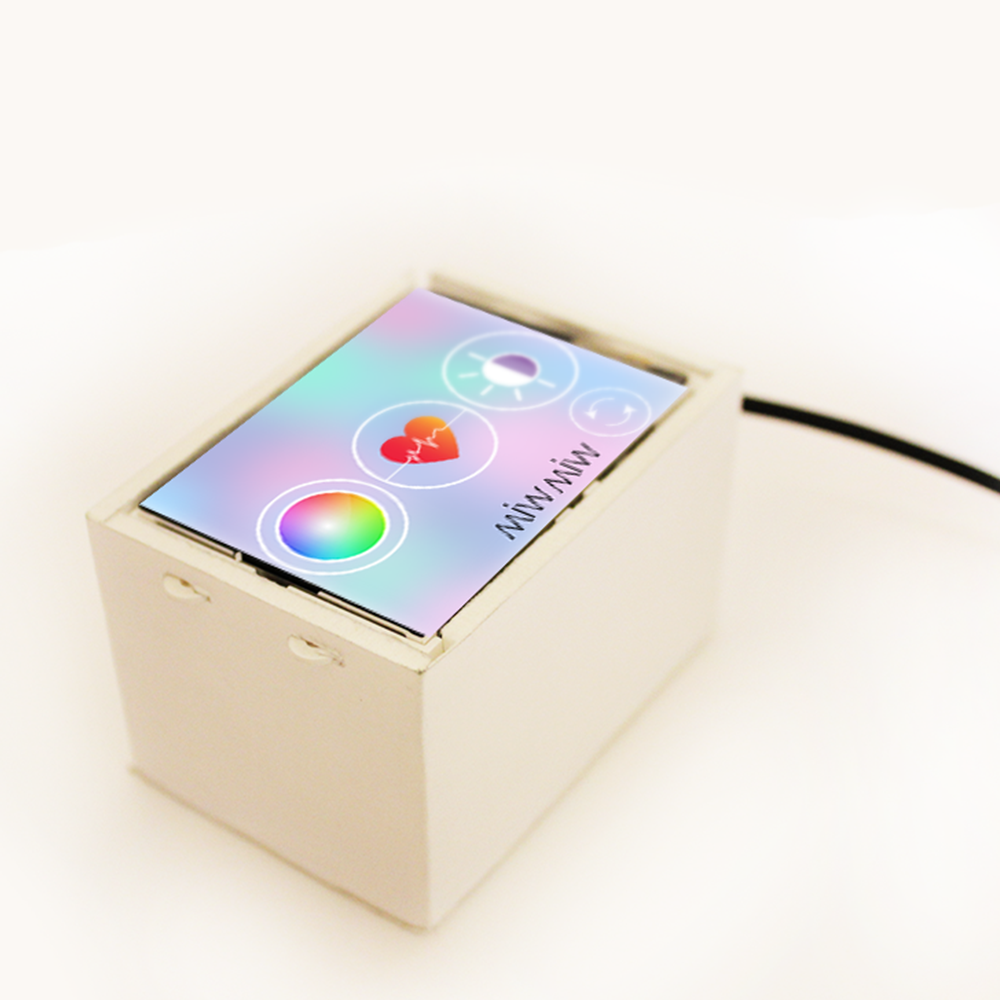
MiwMiw
A new tangible interaction model using gesture based interaction and Internet of Things to improve the dialogue between humans and everyday objects
View case study -
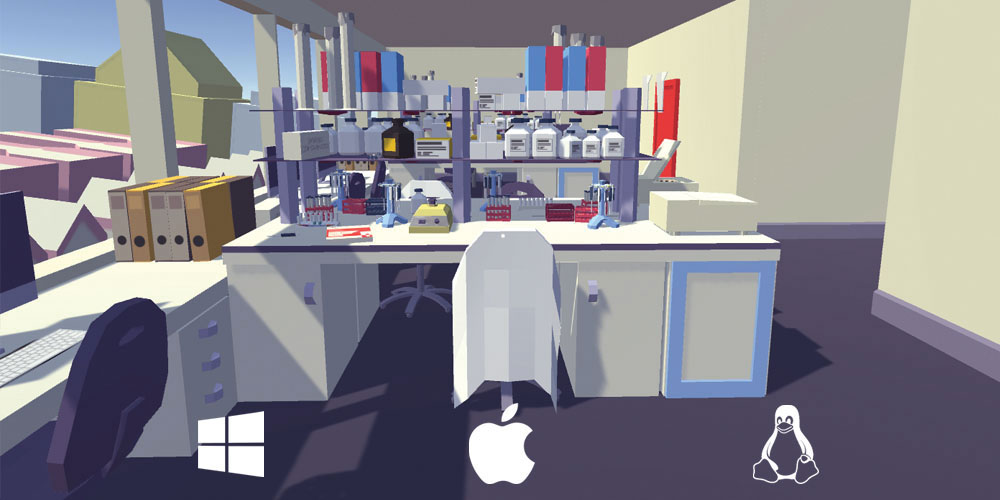
Glioblastoma
A scientific awareness game about the work being performed at the Glioma & Stem Cell Research Group in the Esther Koplowitz's Centre for Biomedical Research.
View case study -

This Dungeon Is Alive
Entry for the 48-hour Compo Game Jam "Ludum Dare #35"
View case study -
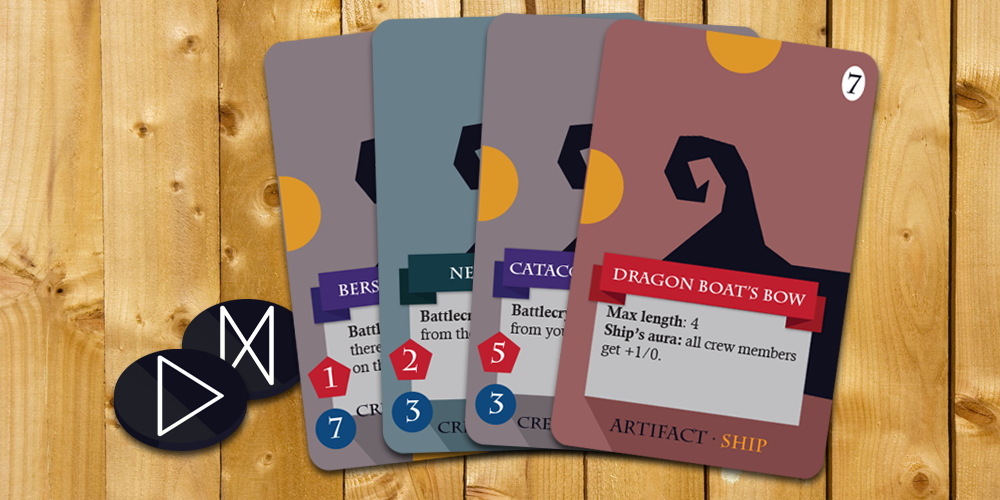
Ragnarök
A commissioned Viking-themed battle card game (250+ cards)
View case study -
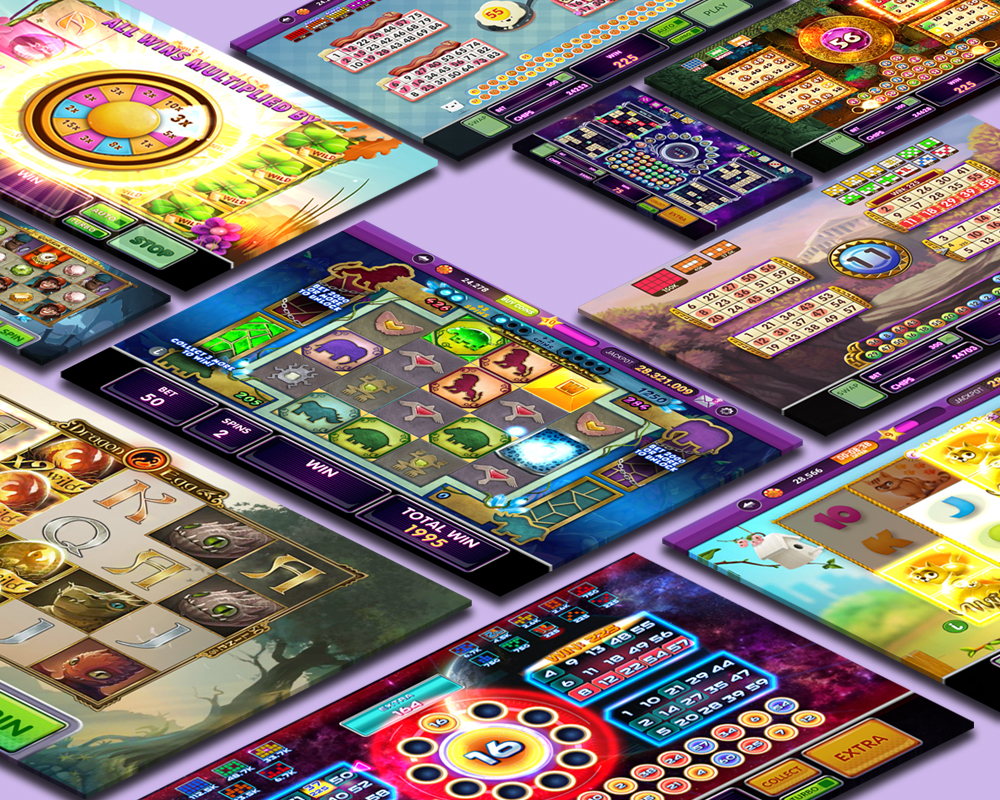
Akamon Millenium
A bunch of social casino games for Facebook
View case study -
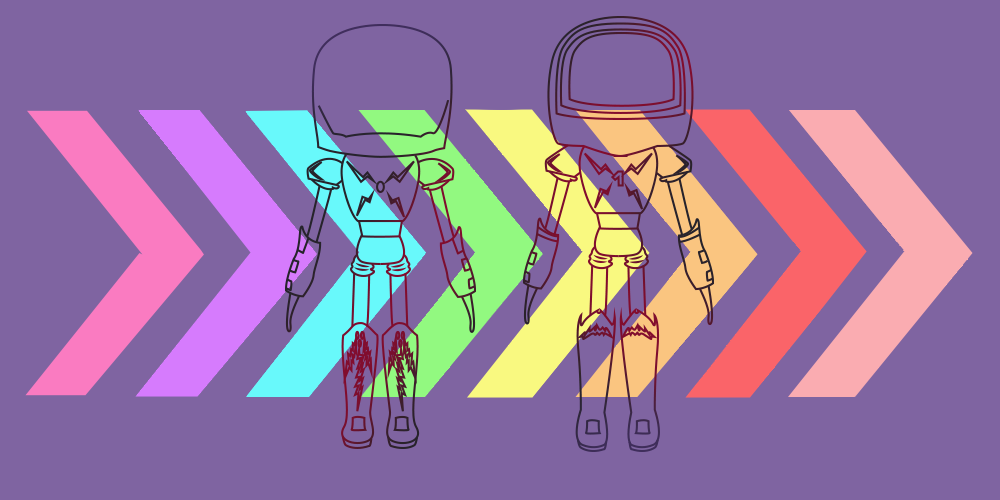
Bittrip
A 2.5D hardcore platformer where a bipolar bit-based character has to get through WiFi waves, high-speed internet, faulty server wires and fight against evil viruses.
View case study
